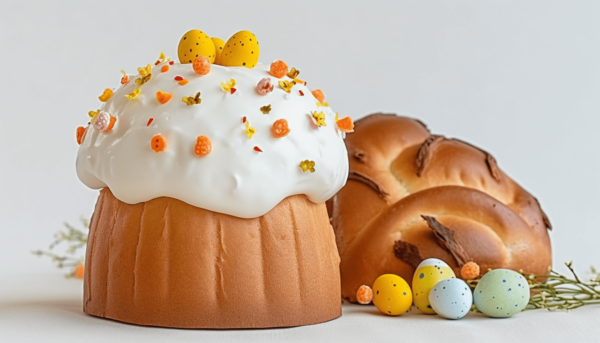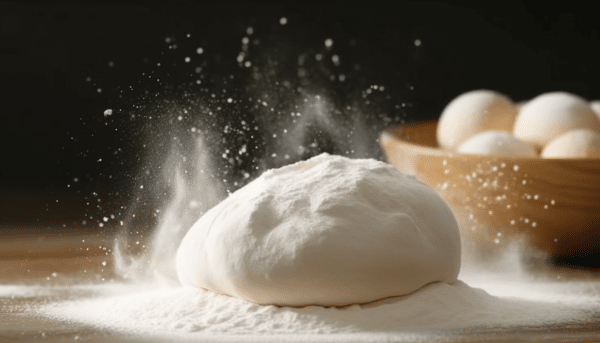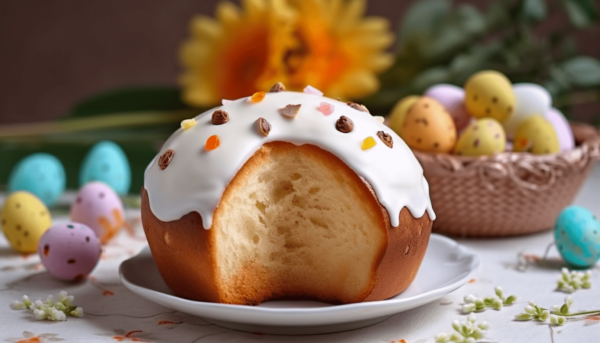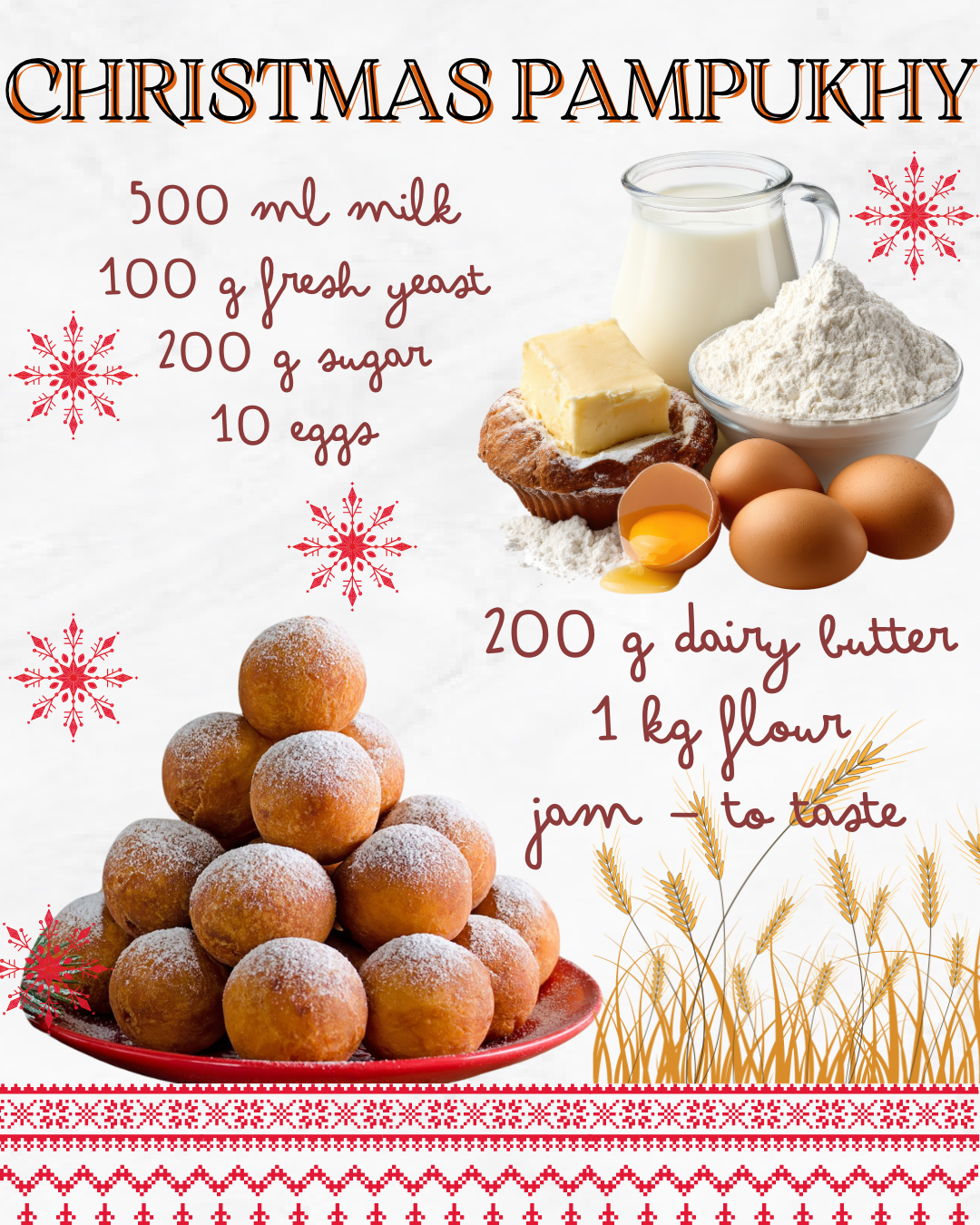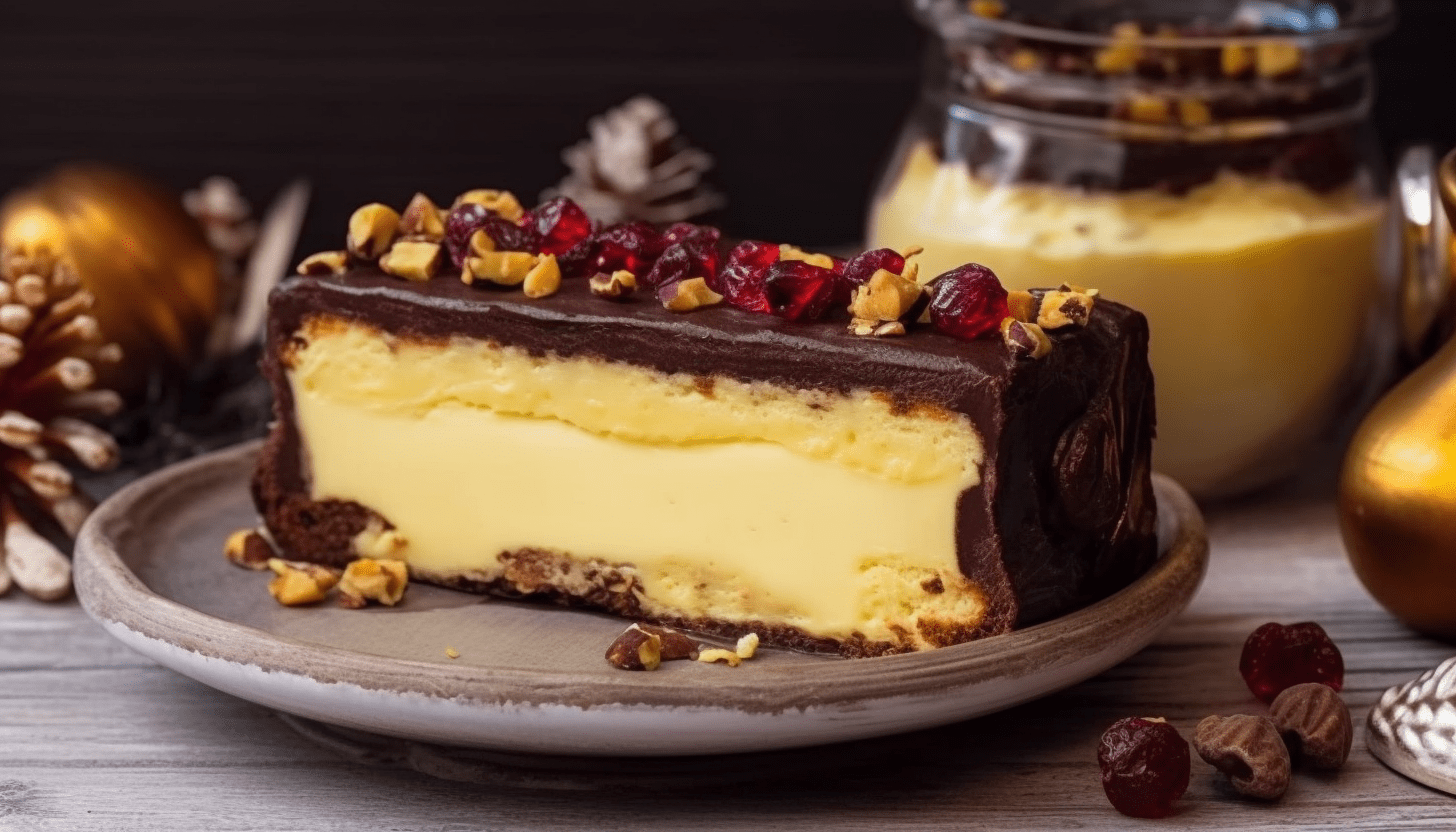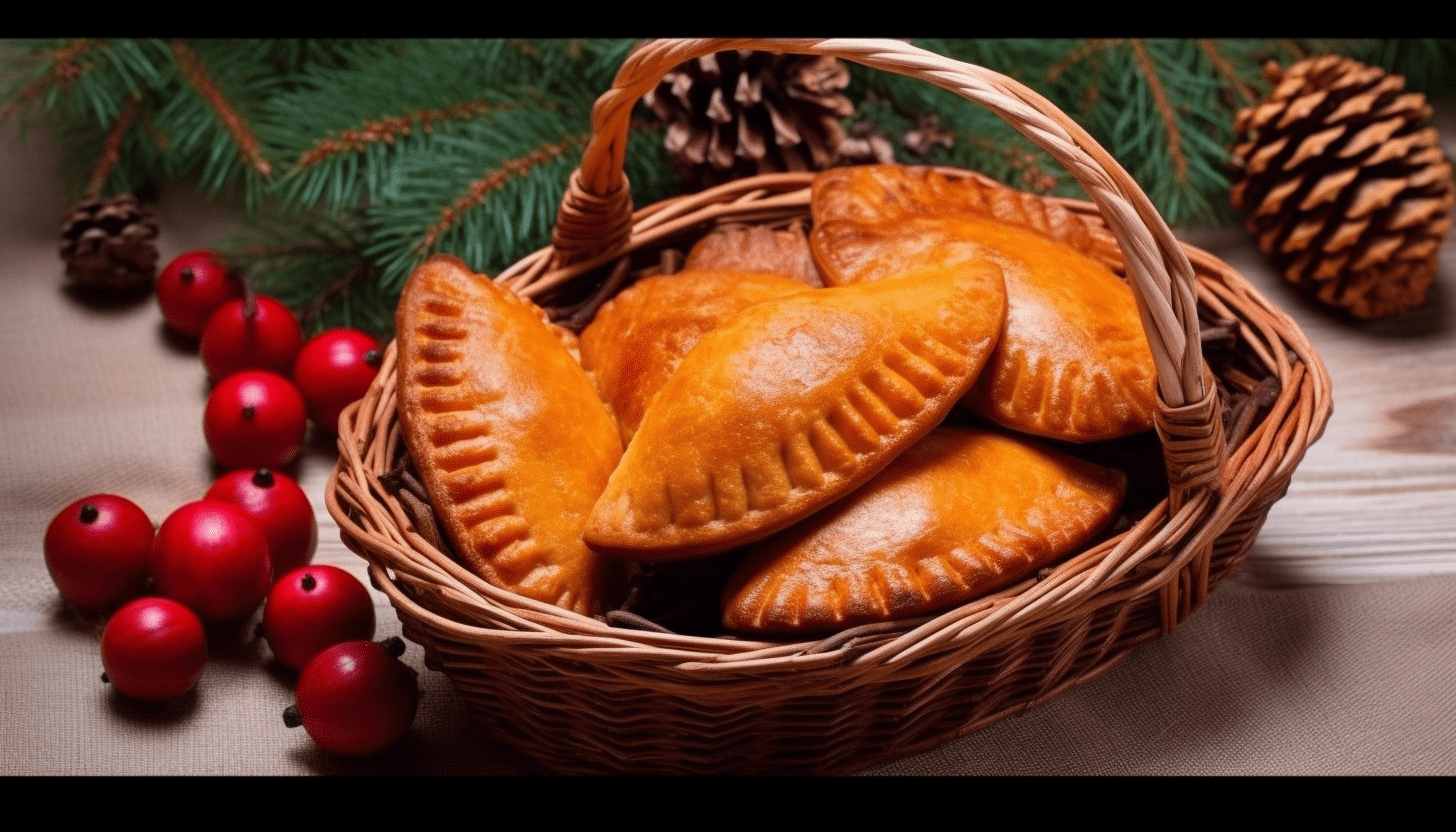As the Easter festivities approach, it marks the period of savoring the main delicacy – Ukrainian Easter bread – paska. This traditional bread is prepared in large portions, requiring considerable effort. Hence, it’s no wonder that housewives know how to prepare such pasky that do not go stale for a long time. Curious about their secret? Allow us to divulge it step by step.
How long do Easter pasky can last?
The duration of Easter bread consumption in Ukraine usually depends on family traditions and preferences. However, generally speaking, pasky can be consumed throughout the Easter week without any restrictions other than the actual expiration date of the cooked bakery.
Ukrainian pasky, like other types of Easter bread, usually have a long shelf life, especially when stored properly, for example in the fridge or a cool place. Consequently, they can be savored not just on Easter day but also throughout the entire week, and at times, even beyond.
Pasky usually become the central element of the festive table on Easter and in the first days after the holiday, coinciding with family gatherings and convivial feasting. While regional variations in customs may exist across Ukraine, the overarching practice involves utilizing pasky until they are consumed or no longer palatable.
Furthermore, many Ukrainian families customarily prepare an abundance of pasky – for personal consumption, gifting to relatives, and sharing with loved ones. Hence, ensuring that the Easter bread retains its freshness for an extended period is paramount. If you want your baked goods to be tender, fluffy, and aromatic even a few days after baking, consider using a custard dough for your creations.
General features of custard Ukrainian Easter bread
The distinctiveness of choux pastry in Ukrainian cuisine lies in its texture, ingredients, and preparation method. It serves as the base for baking paska because it makes the final pastry tender, and most notably, it prolongs the shelf life. Here are the main features of this dough:
– using a large amount of egg yolks imparts paska a rich color, as well as a distinctive taste and aroma;
– dough brewing involves incorporating boiling water into a portion of the flour. This process allows you to achieve a specific texture and long-term storage of finished baked goods;
– adding dairy butter with high-fat content. Fatty butter is used in pasky recipes, giving the bread tenderness and a rich taste.
Moreover, paska is traditionally adorned with Easter symbols, meticulously arranged on the dough’s surface. So use our recipe for Ukrainian choux paska to experience its unique flavor.
How to make paska using custard dough
Ukrainian paska, cooked from custard dough, plays a pivotal role on the Easter table. It boasts a time-honored recipe passed down through generations. Prepare Easter bread according to this recipe and do not worry about its expiration date – the paska will not go stale for a long time, it will remain soft and fluffy for over a week.
Ingredients:
- 1.1 kg wheat flour
- 250 ml boiling water
- 370 g sugar
- 75 g pressed yeast
- 250 g milk
- 5 egg yolks
- 5 eggs
- 10 g vanilla sugar
- 1/2 tsp salt
- 3 tbsp vegetable oil
- 200 g butter
Cooking
1. Prepare the base for the dough: put 100 g of flour into a large bowl (having previously sifted it) and pour boiling water over it. Mix thoroughly until smooth, and let it rest for 15 minutes.
2. Make the dough: combine a tablespoon of sugar and pressed yeast in a separate deep bowl. Add the warm milk and stir the mixture until the yeast dissolves.
3. Mix the custard base and predough, cover with a towel, and put in a warm place for 30 minutes.
4. In a separate container, beat the eggs with sugar until a white fluffy mixture forms. Add egg yolks and vanilla sugar, mix well, then fold this mixture into the foamy yeast.
5. Gradually add flour to the dough and knead it with your hands. Next, pour vegetable oil and softened butter, continue mixing for 10 minutes. Let the dough rest in a warm place for one hour.
6. Punch down the dough, cover, and leave it again in a warm place for another 60 minutes. Then, punch it down again and allow it to rest for an additional 10 minutes.
7. Grease the surface of the mold with vegetable oil. Shape the dough into a ball, tucking the edges underneath to ensure the finished pastry has a neat shape. The ball should occupy no more than ⅓ of the mold because the paska will grow during the baking process. Cover the dough with a towel and leave in a warm place for an hour.
8. Before baking, brush the Easter bread with beaten yolk and put it in an oven preheated to 170 °C for 45-50 minutes.
Your delicious, tender, and fragrant custard paska is now ready to be enjoyed!


